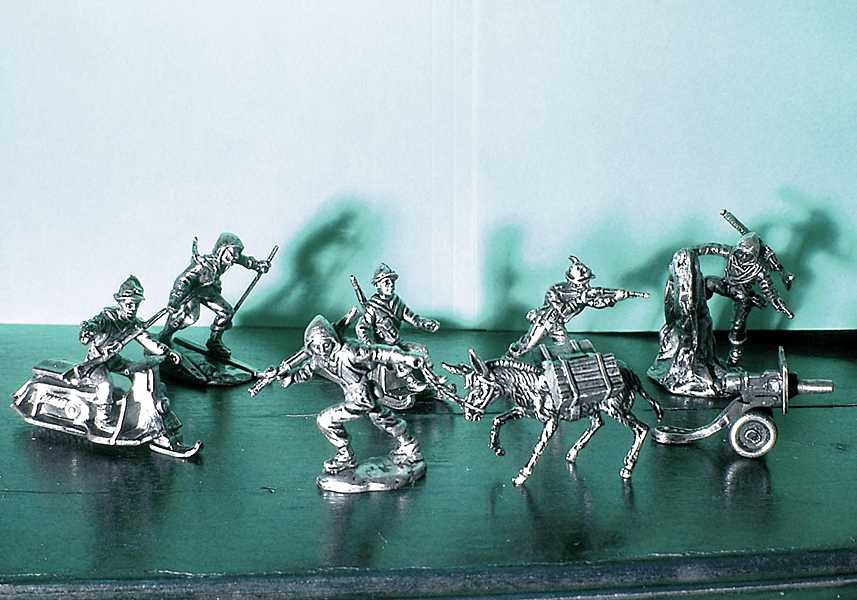 The Mohmand Campaign (Aug-Sep 1935) by tim moreman
The Mohmand Campaign (Aug-Sep 1935) by tim moreman
The Mohmand operations provided a practical test of the various changes introduced during the early 1930s. A combination of lightened personal equipment and light infantry training speeded up piqueting and improved cross-country mobility, but the Vickers machine gun company in each battalion remained a serious brake on mobility. Perhaps the most striking feature of the campaign was the willingness of Indian commanders to undertake large operations at night, enabling them to seize the initiative, upset tribal plans, and avoid the delay inherent in mounting deliberate attacks. As a result columns penetrated deeper into tribal territory before they had to return to the security of a perimeter camp each night .
New equipment also made its debut. A single tractor-drawn battery of 18lb supplemented the mountain artillery, whose longer ranged and more powerful guns were able to support several widely separated Indian columns. Perhaps of greater significance was the successful deployment of a single company of Mk II light tanks. Their invulnerability to rifle fire and cross-country mobility quickened the pace of operations as tanks could easily advance through tribal positions. Although cavalry was needed to reconnoitre the ground and engineers had to construct tank crossings over nullahs and improve the track across the Nahakki Pass, the terrain in Mohmand country did not present an appreciable obstacle nor did an attempt by the tribesmen to impede movement by digging pits and strewing the roads with rocks and boulders
'Mohforce' was heavily dependent on large quantities of ancillary units throughout the fighting which had both tactical and administrative implications for frontier warfare. A large number of non-combatant signallers, field ambulances, engineer parks, ordnance depots and motor vehicles accompanied 'Mohforce' and each day MT carried ammunition, supplies and water to a roadhead from where pack transport carried it to the forward troops. To encompass the large number of vulnerable vehicles and non-combatant troops, perimeter camps grew in size and complexity. It often proved difficult to find a flat space large enough for all troops and equipment and their construction was both time consuming and required considerable labour. The amount of manpower required for their defence, moreover, was considerable but as the proportion of infantry to other arms had fallen it was often difficult to provide sufficient troops [52]. A heavy consumption of ammunition made it vital to maintain and protect a permanent line of communication along the Gandab Road to service growing logistical requirements, facilitate the movement of reinforcements and evacuate casualties .
Armoured cars regularly patrolled the Gandab road, but the burden of protection, as always, fell on the infantry. Permanent piquets were constructed in the Karappa Pass, but the intricate and relatively low-lying land between Kialgai and Karappa lacked terrain features that afforded a field of vision and fire. Nowshera Brigade and 3rd (Jhelum) Brigade adopted a new system based on mobility and offensive defence employing lightly equipped fighting patrols who operated between strong posts constructed on either side of the road to deny tribal marksmen good positions .
Armoured cars regularly patrolled the Gandab road, but the burden of protection, as always, fell on the infantry. Permanent piquets were constructed in the Karappa Pass, but the intricate and relatively low-lying land between Kialgai and Karappa lacked terrain features that afforded a field of vision and fire. Nowshera Brigade and 3rd (Jhelum) Brigade adopted a new system based on mobility and offensive defence employing lightly equipped fighting patrols who operated between strong posts constructed on either side of the road to deny tribal marksmen good positions .
The lessons learnt in Mohmand country had clearly convinced the General Staff in India and many other British officers that both the tactical and administrative conduct of hill warfare had undergone major changes. A detailed section discussing this campaign in the A.H.Q. India Training Memorandum for the 1935-36 collective training season began:
The recent Mohmand operations showed marked advance in the conduct of operations of this nature and the methods employed. Apart from the advantages of a L. of C. with a road for M.T., which was effectively maintained, and of efficient administrative arrangements, the rapid and complete success obtained in this campaign may be attributed to enterprising leadership, development of existing methods, and the introduction of innovations.
Units throughout India were ordered by the Commander-in-Chief to follow guidelines laid down in this publication during the forthcoming training season which incorporated various lessons learnt regarding the employment of night operations, light tanks, armoured cars and the protection of the lines of communication. Sufficient practical experience of the impact of changes in the tactics, training, organisation and equipment on the conduct of hill warfare had now been gained to prompt the military authorities to begin preparation of a long awaited replacement for The Manual of Operations on the North-West Frontier of India .
The improving relations between the Air Staff and the General Staff, following the appointment of Air Marshal Edgar Ludlow-Hewitt as AOC in India, meant the RAF also took a greater interest in tactical co-operation with the army in mountain warfare during 1936 . Under his command in April 1935 the Air Staff in India had already issued instructions that RAF training in the subcontinent should henceforth be directed solely towards efficiency in tribal warfare, although primarily employing independent bombing operations . This decision had strengthened Wing Commander John Slessor's - CO of No. 3 (Indian Wing) - growing conviction that a radical change should be made in the system of army co-operation used in India, as the existing 'Aldershot model'- devised for conventional European warfare - was largely ineffective in mountainous terrain. Writing on 10th April 1936 he urged:
The great cry now-a-days seems to be co-operation - the balanced use of all arms and Services in Frontier warfare I should have thought there could be no better way of ensuring that good co-operation than by having a combined manual on which we all work, containing the description of all methods of Frontier warfare .
During the summer 'Tactical Exercises Without Troops' were held near Rawalpindi to demonstrate the effectiveness of close air support and study the inherent problems from the viewpoint of ground troops, while the Vickers-Bomb-Lewis (VBL) ground attack method was developed at Peshawar. 2nd (Rawalpindi) Brigade and aircraft from No. 3 (Indian) Wing took part in a large combined exercise at Khanpur between 17th and 25th November 1936, to both develop and test close air support tactics in mountain warfare, based on a provisional close-support manual written by Slessor and a draft of the new frontier warfare manual . These manoeuvres, (simulating tribal opposition to an Indian column engaged in road construction) conclusively demonstrated the practicalities of close-support and indicated the importance of RAF liaison officers at column HQs to direct operations, as well as an effective means of inter-communication between the aircraft and forward troops and between columns and airfields .
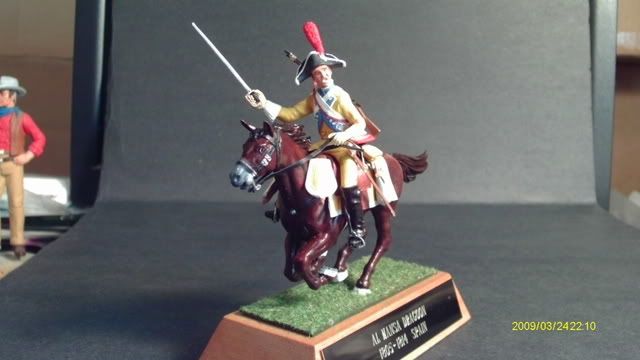
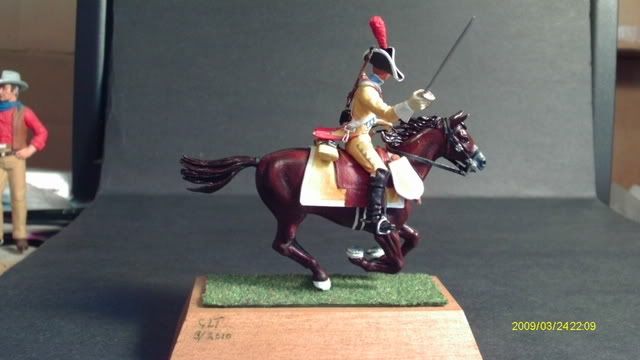


 He was educated at the University of Chicago, where he was a member of the Sigma Alpha Epsilon fraternity, graduating in 1925 with a degree in economics.
He was educated at the University of Chicago, where he was a member of the Sigma Alpha Epsilon fraternity, graduating in 1925 with a degree in economics. He began his career as an investigator for the Retail Credit Company of Atlanta. He was assigned to the Chicago territory, where he conducted background investigations for the purpose of credit information. He returned to the University to take a course in criminology, eventually earning a Master's Degree in the field.
He began his career as an investigator for the Retail Credit Company of Atlanta. He was assigned to the Chicago territory, where he conducted background investigations for the purpose of credit information. He returned to the University to take a course in criminology, eventually earning a Master's Degree in the field.
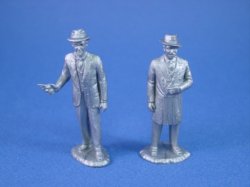



 chosen to head the operations under the Volstead Act, targeting the illegal breweries and supply routes of Capone.
chosen to head the operations under the Volstead Act, targeting the illegal breweries and supply routes of Capone.


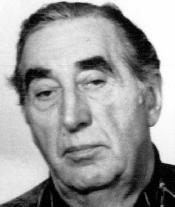
 John Angerola and George Angersola and Charles Pollizi. Ness was also Safety Director at the time of several grisly murders that occurred in the Cleveland area from 1935 to 1938. Unfortunately, what was otherwise a remarkably successful career in Cleveland, withered gradually. Ness's critics at the time pointed to his divorces, his high-profile social drinking and his conduct in a 1942 car accident.
John Angerola and George Angersola and Charles Pollizi. Ness was also Safety Director at the time of several grisly murders that occurred in the Cleveland area from 1935 to 1938. Unfortunately, what was otherwise a remarkably successful career in Cleveland, withered gradually. Ness's critics at the time pointed to his divorces, his high-profile social drinking and his conduct in a 1942 car accident. pertise in law enforcement. The company soon moved from Cleveland to the quiet rural town of Coudersport, Pennsylvania where operating costs were lower. He made a decent income from GPC and moved with his wife and adopted son into a modest rental house. Once again, he enjoyed going to local bars and regaling amazed audiences with his tales of crime fighting. He collapsed and died at his home of a massive heart attack on May 16, 1957. Collaborating with Oscar Fraley in his last years, he co-wrote the book, The Untouchables, which was published a month after his death.
pertise in law enforcement. The company soon moved from Cleveland to the quiet rural town of Coudersport, Pennsylvania where operating costs were lower. He made a decent income from GPC and moved with his wife and adopted son into a modest rental house. Once again, he enjoyed going to local bars and regaling amazed audiences with his tales of crime fighting. He collapsed and died at his home of a massive heart attack on May 16, 1957. Collaborating with Oscar Fraley in his last years, he co-wrote the book, The Untouchables, which was published a month after his death. from 1939 to 1945, and artist Elisabeth Andersen Seaver (1906-1977) from 1946 until his death. He also had an adopted son Robert (1946-1976).Ness's ashes were scattered in one of the small ponds on the grounds of Lake View Cemetery, in Cleveland.
from 1939 to 1945, and artist Elisabeth Andersen Seaver (1906-1977) from 1946 until his death. He also had an adopted son Robert (1946-1976).Ness's ashes were scattered in one of the small ponds on the grounds of Lake View Cemetery, in Cleveland.


